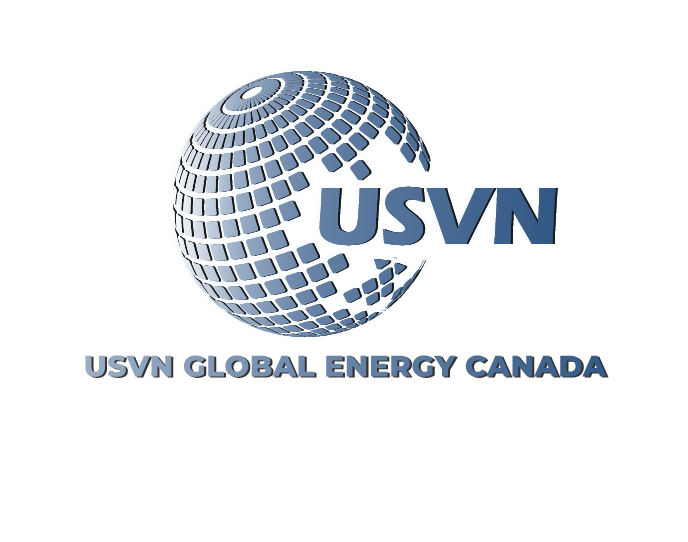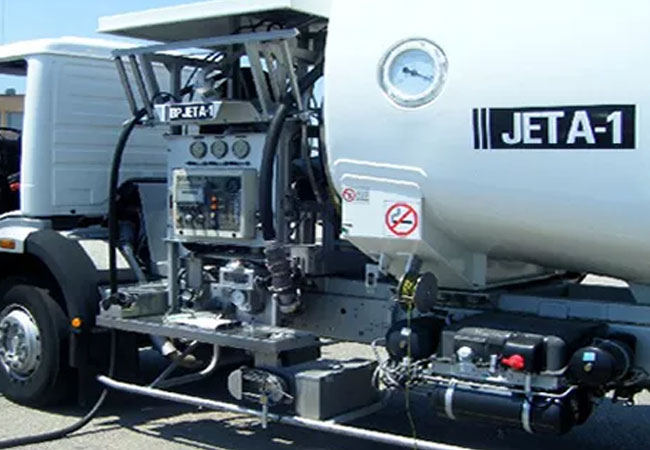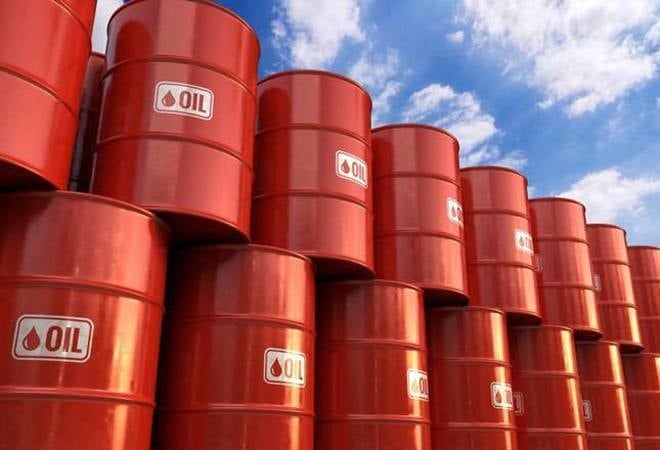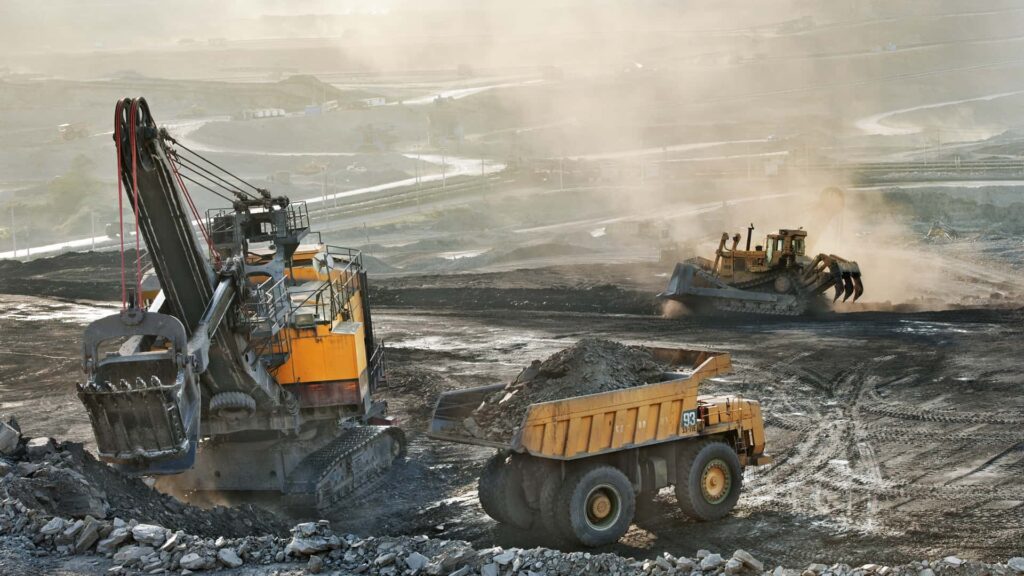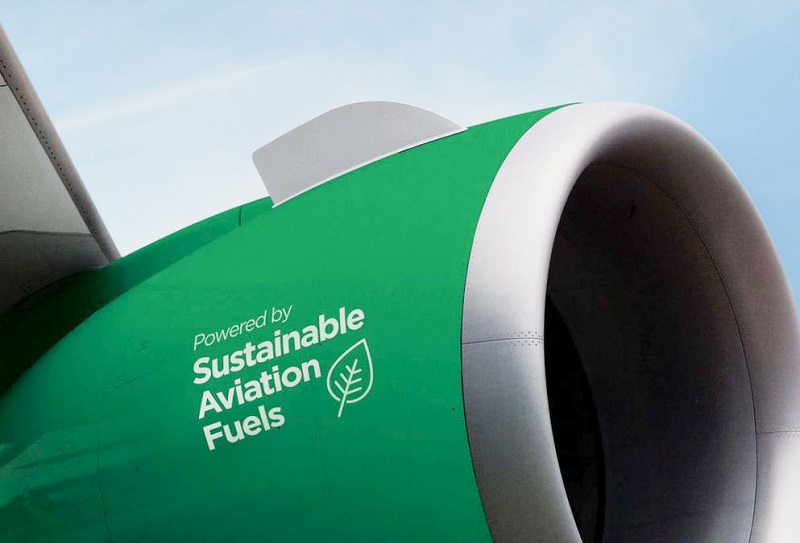Energy Market Outlook
Energy Market Outlook: Crude Oil, Jet A1, SAF, and Diesel EN590
In the context of global economic volatility after the pandemic and under the pressure of green transition, the energy market—especially crude oil and refined products such as Jet A1 aviation fuel, Sustainable Aviation Fuel (SAF), and Diesel EN590/ULSD 10 PPM—has become the focal point for both investors and businesses in transportation, logistics, and industry.
1. Crude Oil – the “Barometer” of the Global Economy
Crude oil prices in 2025 continue to fluctuate strongly due to several factors:
Geopolitics: Conflicts in the Middle East and OPEC+ production cut policies directly affect supply and demand.
Green energy policies: Many G7 countries are tightening emission standards, pushing for reduced reliance on oil.
Demand recovery: China, India, and Southeast Asia remain the main drivers of oil consumption, partly offsetting the decline in Europe.
Overall, crude oil remains a measure of global economic health, though renewable energy is increasingly applying pressure.

2. Jet A1 – Conventional Aviation Fuel Still Dominant
Although the aviation industry is under pressure to shift toward greener fuels, Jet A1 still accounts for more than 90% of the global market:
Advantage: Stable supply and cheaper price compared to SAF.
Challenge: Criticized for high CO₂ emissions, with many major airlines (such as Singapore Airlines, Lufthansa) pledging to reduce Jet A1 consumption by 2030.
This shows that Jet A1 will remain “resilient” in the next 5–10 years, though a gradual decline is inevitable.
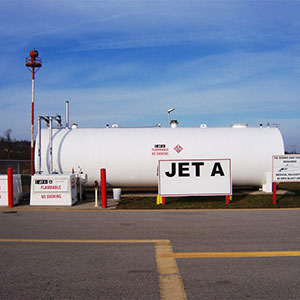
3. SAF – Sustainable Aviation Fuel, an Inevitable Trend
Sustainable Aviation Fuel (SAF) is considered the “lifeline” helping the aviation industry achieve its Net Zero 2050 target.
Origin: Produced from vegetable oils, bio-waste, or CO₂ recycling technology.
Current situation: SAF costs 2–3 times more than Jet A1 and supply is limited.
Trend: Governments in the EU, US, and Singapore are subsidizing and mandating airlines to increase SAF usage from 2% (2025) to 20–30% (2040).
Thus, while SAF is not yet competitive in terms of cost, it has advantages in policy support and brand reputation, becoming a “strategic card” for airlines.

4. Diesel EN590 / ULSD 10 PPM – Stable Market but Fierce Competition
European standard diesel (EN590, ULSD 10 PPM) remains the lifeblood of road transport and heavy industry:
Advantage: Ultra-low sulfur content (10 PPM), meeting stringent environmental standards.
Demand: Stable in developing countries, particularly Southeast Asia, Africa, and Latin America.
Risk: The electrification trend (EVs and electric trucks) could reduce diesel demand in the long term.
In the short term, Diesel EN590 is still seen as a “bridge fuel” before nations complete infrastructure for electric vehicles.
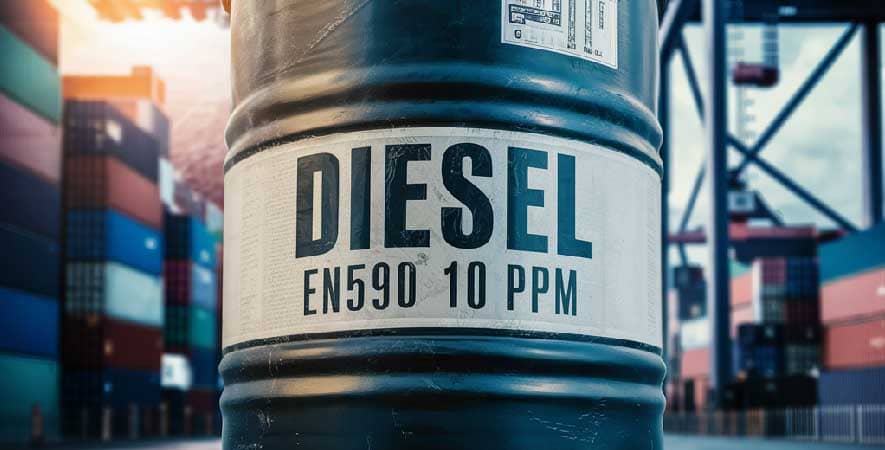
5. General Trends and Outlook
Short term (2025–2030): Crude oil and refined products such as Jet A1 and Diesel remain dominant. SAF grows slowly but steadily.
Long term (after 2035): SAF and renewable energy solutions will take center stage, while oil gradually declines.
Business strategy: Energy corporations need to simultaneously develop traditional fuel sources while investing in SAF and hydrogen to avoid missing the clean energy transition.

Conclusion
The energy market is at a historical turning point. While crude oil, Jet A1, and Diesel EN590 remain the backbone of transportation and industry, SAF is opening a new chapter—where the economy and the environment must move in tandem. This is a pivotal stage, determining who will become the leaders in the sustainable energy era.
Sản phẩm
Tập đoàn USVN toàn cầu



